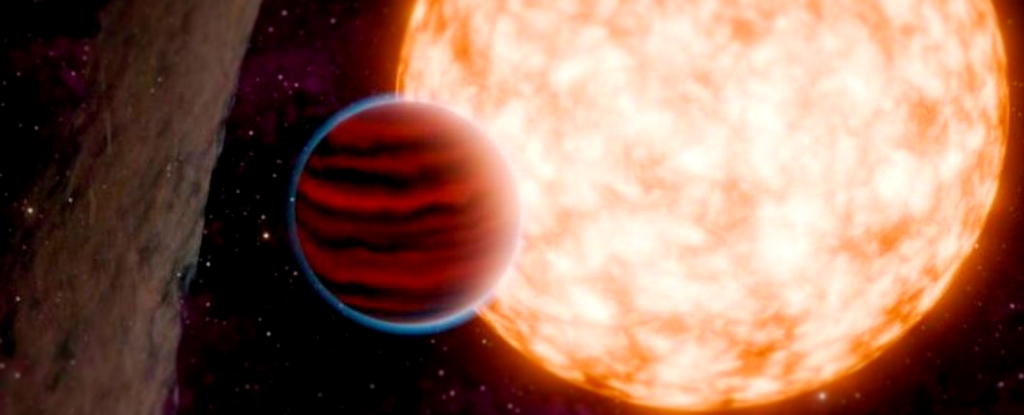ARTICLE AD
Talk about a cosmic bully: Astronomers have spotted a black hole that beat up a star, and is now using the shattered remains of that pulverized star to hit another star or small black hole in its vicinity.
These super-scaled playground antics are a rare kind of tidal disruption event, which occurs when an object gets too close to a black hole. This particle tidal disruption event suggests that a specific type of X-ray burst is linked to the behavior of the black hole. Studying the event—and others like it—could help astrophysicists understand the extreme environments around supermassive black holes, as well as the occupants of those environments.
Recently, a team of astronomers and astrophysicists studying soft X-ray bursts found a connection between the bursts and tidal disruption events. The X-ray bursts were quasi-periodic eruptions (or QPEs)—flurries of the X-rays that are often seen coming from the cores of galaxies—that followed a tidal disruption event called AT2019qiz, which astronomers discovered in 2019. The researchers who studied the recent black hole’s tidal disruption event published their findings in Nature.
“There had been feverish speculation that these phenomena were connected, and now we’ve discovered the proof that they are,” said study co-author Dheeraj Pasham, an astrophysicist at the Massachusetts Institute of Technology. “It’s like getting a cosmic two-for-one in terms of solving mysteries.”
Tidal disruption events describe how a black hole’s intense gravity pulls material off a nearby object, say a star. If the star is particularly close, the black hole stretches it into oblivion, a process called spaghettification. Once the star’s been pulverized, its material continues to orbit the black hole, a macabre spoil of war for the much more massive object.
The recent team followed up on previous observations of AT2019qiz in 2023, when it collected ultraviolet and X-ray data on the phenomenon using the Hubble Space Telescope and the Chandra X-ray Observatory. The team was able to determine the approximate size of the supermassive black hole’s accretion disk—the collection of pulverized matter that circles the object.
“This is a big breakthrough in our understanding of the origin of these regular eruptions,” said Andrew Mummery, an astrophysicist at Oxford University and a co-author of the paper, in the same release. “We now realize we need to wait a few years for the eruptions to ‘turn on’ after a star has been torn apart because it takes some time for the disk to spread out far enough to encounter another star.”
With each new finding about these extreme astrophysical environments, scientists get better at characterizing the parties involved, from the stars to the accretion disk to the black hole itself. Plenty of surprises undoubtedly await; earlier this year, a different team witnessed a supermassive black hole roaring back to life after five years of relative serenity.
We could also see a huge amount of new information about black holes as future gravitational wave observatories—namely the Einstein telescope and the Laser Interferometer Space Antenna, or LISA—come online. Improving our understanding of black holes and the ripples in spacetime they generate could revolutionize our understanding of the cosmic, from the total number of black holes to how the objects are seeded and grow, to their role in shaping the universe itself.

 1 month ago
18
1 month ago
18 

